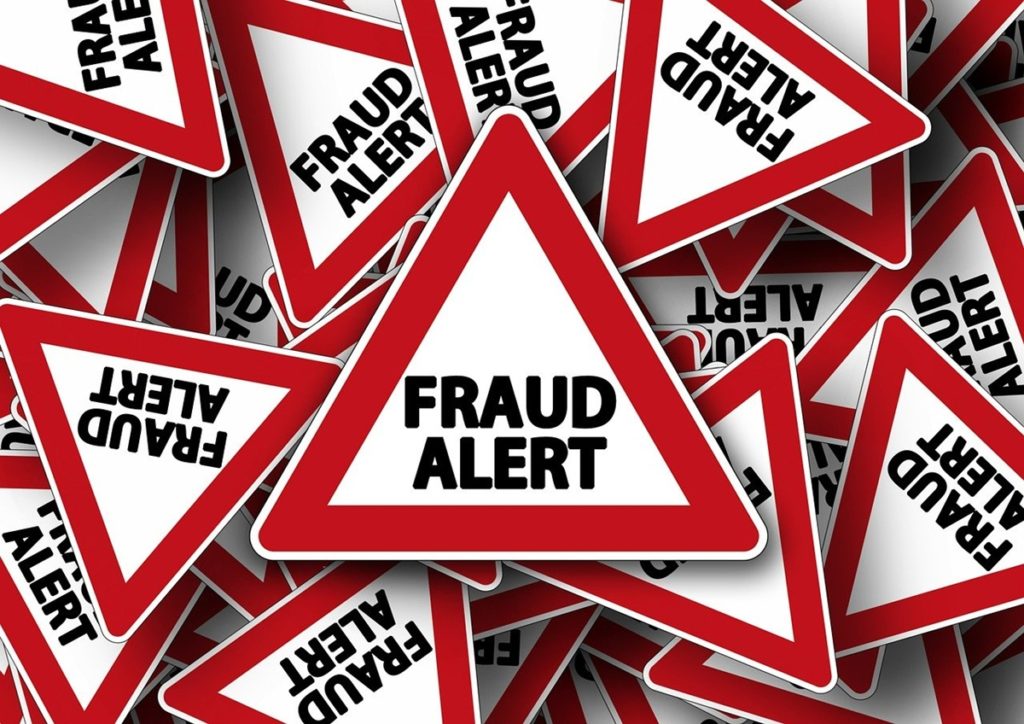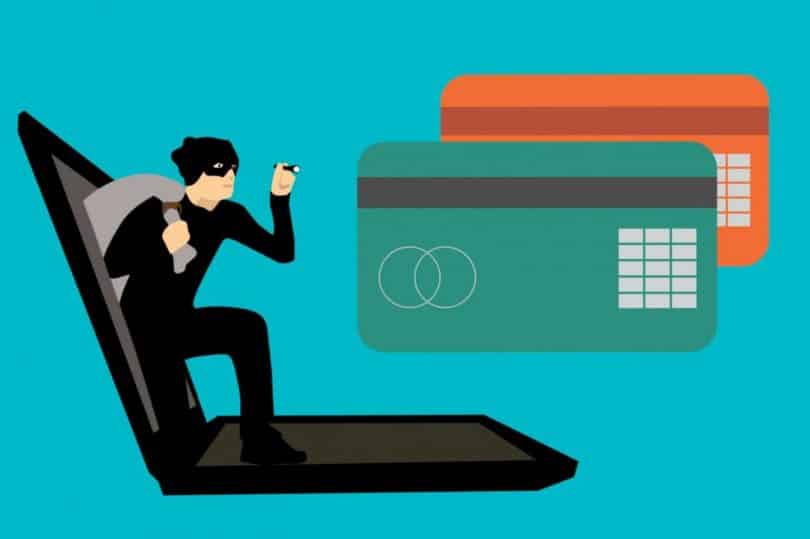In our increasingly digital world, online transactions have become the standard for purchasing products and services. PayPal, a globally recognized platform, provides a convenient and secure method for buyers and sellers to exchange money. However, along with this comfort and accessibility comes a level of risk that every business must understand and manage – the risk of fraud.
One particular form of fraud that businesses need to be aware of is PayPal chargeback fraud, also known as “friendly fraud.” This occurs when a customer disputes a transaction after receiving the product or service, with the intention of keeping the product or service without paying for it. This guide aims to assist businesses in understanding the complexities of PayPal chargebacks and claims, as well as providing effective strategies to protect against PayPal chargeback fraud.
Difference Between PayPal Chargebacks and PayPal Claims
Understanding the difference between PayPal chargebacks and PayPal claims is the first step to protecting your business from potential fraudulent activities.
PayPal Chargebacks
A PayPal chargeback is initiated by the credit card issuer at the request of the cardholder (the buyer). It involves reversing a transaction that has already been completed. The reasons for a chargeback could be numerous, including unauthorized use of the card, non-receipt of the item purchased, or dissatisfaction with the received item. In essence, it’s a way for consumers to dispute a transaction if they feel their card was charged illegitimately.
PayPal Claims
On the other hand, a PayPal claim is an issue brought directly to PayPal. It occurs when a buyer and a seller cannot come to a resolution on their own, and the buyer or seller asks PayPal to step in to resolve the matter. This could happen, for example, if a buyer did not receive the item they purchased or if the item was significantly different from the described product.

Protecting Your Business from PayPal Chargeback Fraud
Protecting your business from PayPal chargeback fraud requires understanding the process and implementing proactive, preventative measures. Although no method can guarantee full protection, there are best practices you can use to significantly reduce the risk. Here are additional strategies to further protect your business from PayPal chargeback fraud:
1. Proof of Delivery and Tracking Information
For every item you sell, you should keep documentation showing that you shipped the item to the verified address and that it was delivered. This is especially crucial for high-value items. Use a shipping service that provides online tracking to confirm delivery, and always keep a copy of the shipment receipt.
2. Prompt Response to Inquiries and Disputes
Pay attention to customer complaints, inquiries, and disputes and resolve them promptly. It is always better to manage a complaint directly with the buyer, as this could prevent a potential chargeback. Keep an open line of communication with your customers and respond promptly and professionally.
3. Detailed Transaction Records
Maintain detailed records of all transactions. This includes sales receipts, contracts, correspondences, and any other documentation related to the sale. Having comprehensive records will be helpful if you need to dispute a chargeback.
4. Implement AVS (Address Verification Service)
This service helps verify the identity of the person claiming to own the credit card. The billing address provided by the customer is compared to the billing address on file with the credit card company. This helps you avoid shipping a product to a fraudster who has someone else’s credit card information.
5. Use CVV Verification
The Card Verification Value (CVV) is a 3 or 4 digit number on the back of the credit card. Requesting this number during a transaction can help ensure the person making the purchase has the physical card in their possession. It’s a simple way to reduce the risk of fraudulent transactions.
6. Keep Your Chargeback Ratio Low
A high chargeback ratio can damage your reputation with PayPal or even result in account termination. You can keep your ratio low by providing great customer service, accurately describing your products, and delivering high-quality goods or services.

7. Regularly Update Your Account
Ensure that your business name and other account information is accurate and up-to-date on PayPal. This information appears on the customer’s credit card statement when they make a purchase. If the customer doesn’t recognize the name on their statement, they may dispute the charge.
8. Use Fraud Management Filters
PayPal offers customizable fraud filters that allow you to identify and block potentially fraudulent transactions. By reviewing and adjusting these filters, you can balance the needs of your business against the level of risk you’re willing to accept.
9. Regular Security Measures
Regularly update your system’s security measures, use encryption for transaction and customer data, and ensure your network is secure. Also, educate your staff about the importance of security and the potential risks of PayPal chargeback fraud.
Conclusion
Navigating the world of online transactions requires vigilance and proactive measures. As we’ve discussed, there are clear differences between PayPal chargebacks and PayPal claims, each posing its unique challenges. Chargeback fraud, in particular, can be a daunting problem for businesses.
However, by understanding the mechanisms and implementing robust preventative measures, you can significantly decrease the risk of falling victim to this type of fraud. Continually adapting and improving your strategies as you learn from past experiences can help ensure your business remains secure and prosperous in an ever-evolving digital marketplace.
